An exploration of simulation theory from the standpoint of what would happen if the whole thing became corrupted?
My Patreon Page:
/ johnmichaelgodier.
My Event Horizon Channel:
/ eventhorizonshow.
Music.
An exploration of simulation theory from the standpoint of what would happen if the whole thing became corrupted?
My Patreon Page:
/ johnmichaelgodier.
My Event Horizon Channel:
/ eventhorizonshow.
Music.



A new Brazilian study has revealed the key role of the protein periostin and stellate pancreatic cells in allowing pancreatic cancer to infiltrate nerves and spread early, increasing the risk of metastasis. The research demonstrates how the tumor reprograms part of the surrounding healthy tissue to acquire a high capacity for invasion. This mechanism is associated with the aggressiveness of the disease and the difficulty of treatment. It also points to possible targets for more precise therapies and personalized treatments.
The findings are published in the journal Molecular and Cellular Endocrinology.
The most common type of pancreatic cancer is adenocarcinoma, which originates in the glandular tissue that produces pancreatic juice. It accounts for 90% of diagnosed cases. Although it is not among the most frequent types of cancer, it is considered an aggressive and highly lethal tumor, with a mortality rate almost equivalent to its incidence rate. Globally, there are approximately 510,000 new cases and nearly the same number of deaths each year.
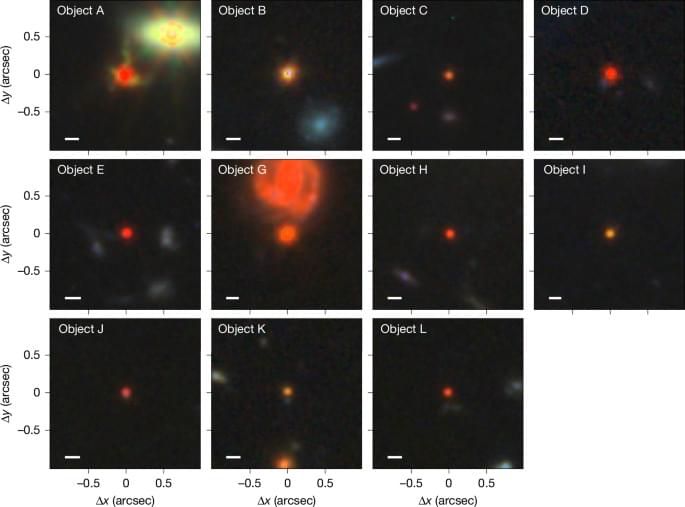
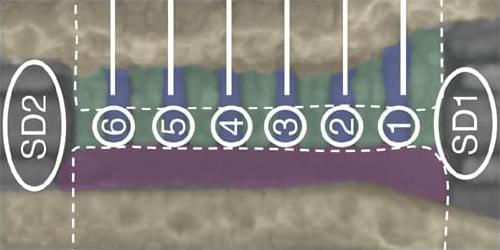
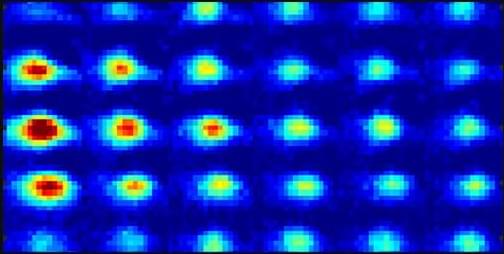
Decades after their experimental realization, wave patterns known as discrete solitons continue to fascinate.
Localized wave patterns in a lattice or other periodic media have been observed using arrays of coupled torsion pendula, chains of Josephson junctions, and arrays of optical waveguides. Joining this diverse repertoire is a recent experiment by Robbie Cruickshank of the University of Strathclyde in the UK and his collaborators [1]. Starting from a Bose-Einstein condensate (BEC) of cesium atoms, the researchers used an ingenious combination of experimental methods to realize, visualize, and theoretically explore coherent wave structures known as discrete solitons. These nonlinear waveforms have long been theorized to exist, and their implications have been extensively studied. In my view, Cruickshank and company’s experiment constitutes the clearest manifestation of discrete solitons so far achieved in ultracold atomic systems, paving the way for a variety of future explorations.
Solitons are localized wave packets that emerge from the interplay of dispersion and nonlinearity. Dispersion tends to make wave packets spread, and nonlinearity tends to localize them. The interplay can be robust and balanced, resulting in long-lived structures. The presence of a lattice introduces a new dimensional unit, the lattice constant, to the interplay, enabling a potential competition between the lattice constant and the scale of the soliton. When the latter is much larger than the former, the soliton is effectively insensitive to the lattice, which it experiences as a continuum. But as the two scales approach one another, lattice effects become more pronounced, and the associated waveforms become discrete solitons. In nonlinear variants of the Schrödinger equation, discreteness typically favors standing waves rather than traveling ones. That’s because the lattice-induced energy barrier known as the Peierls-Nabarro barrier makes discrete solitons less mobile.

Underwater robots face many challenges before they can truly master the deep, such as stability in choppy currents. A new paper published in the journal npj Robotics provides a comprehensive update of where the technology stands today, including significant progress inspired by the movement of rays.
Underwater robots are not a gimmick. We need them to help us explore the roughly 74% of the ocean floor that still remains a mystery. While satellites, buoys and imaging technology can map the surface and the upper reaches of the ocean, we need underwater drones to explore and gather data from the hidden depths.
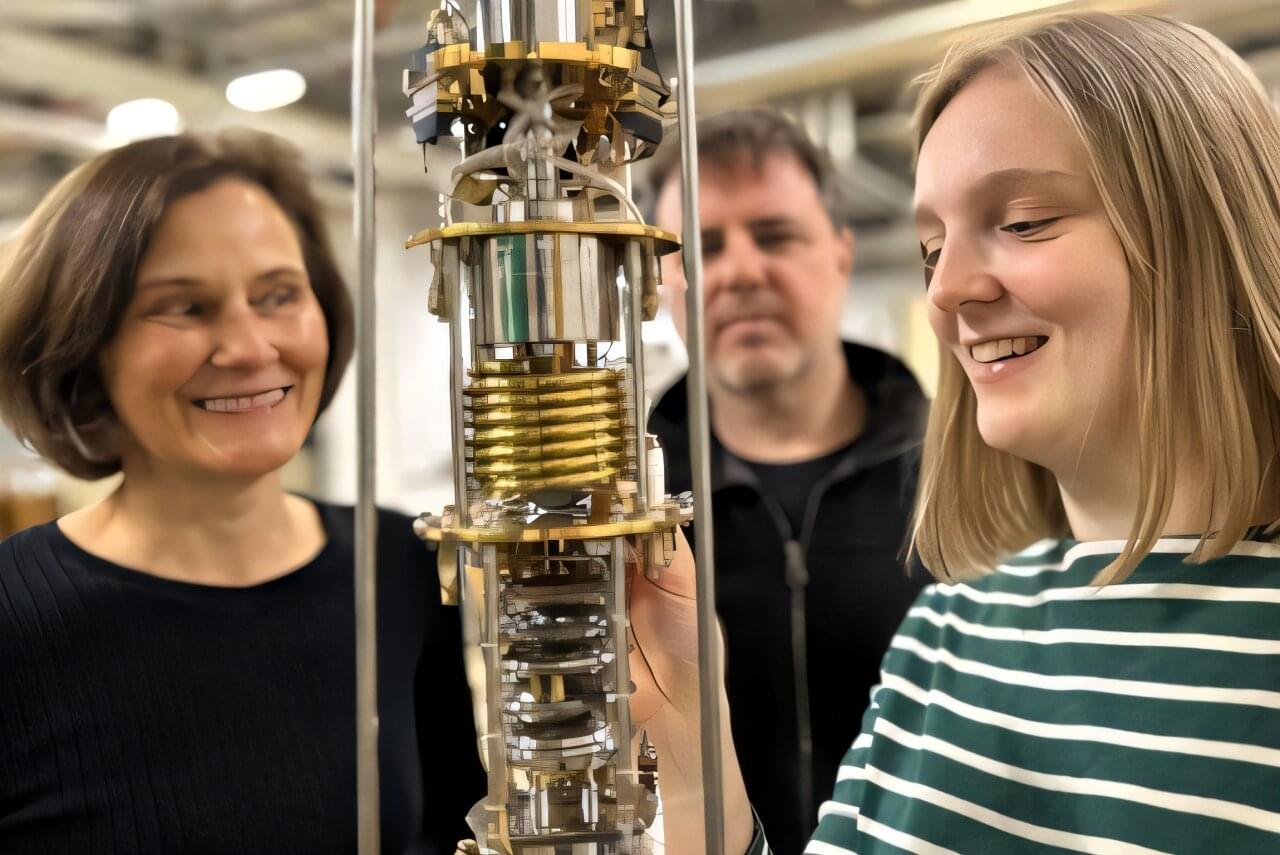
At TU Wien, researchers have discovered a state in a quantum material that had previously been considered impossible. The definition of topological states should be generalized.
The work is published in Nature Physics.
Quantum physics tells us that particles behave like waves and, therefore, their position in space is unknown. Yet in many situations, it still works remarkably well to think of particles in a classical way—as tiny objects that move from place to place with a certain velocity.
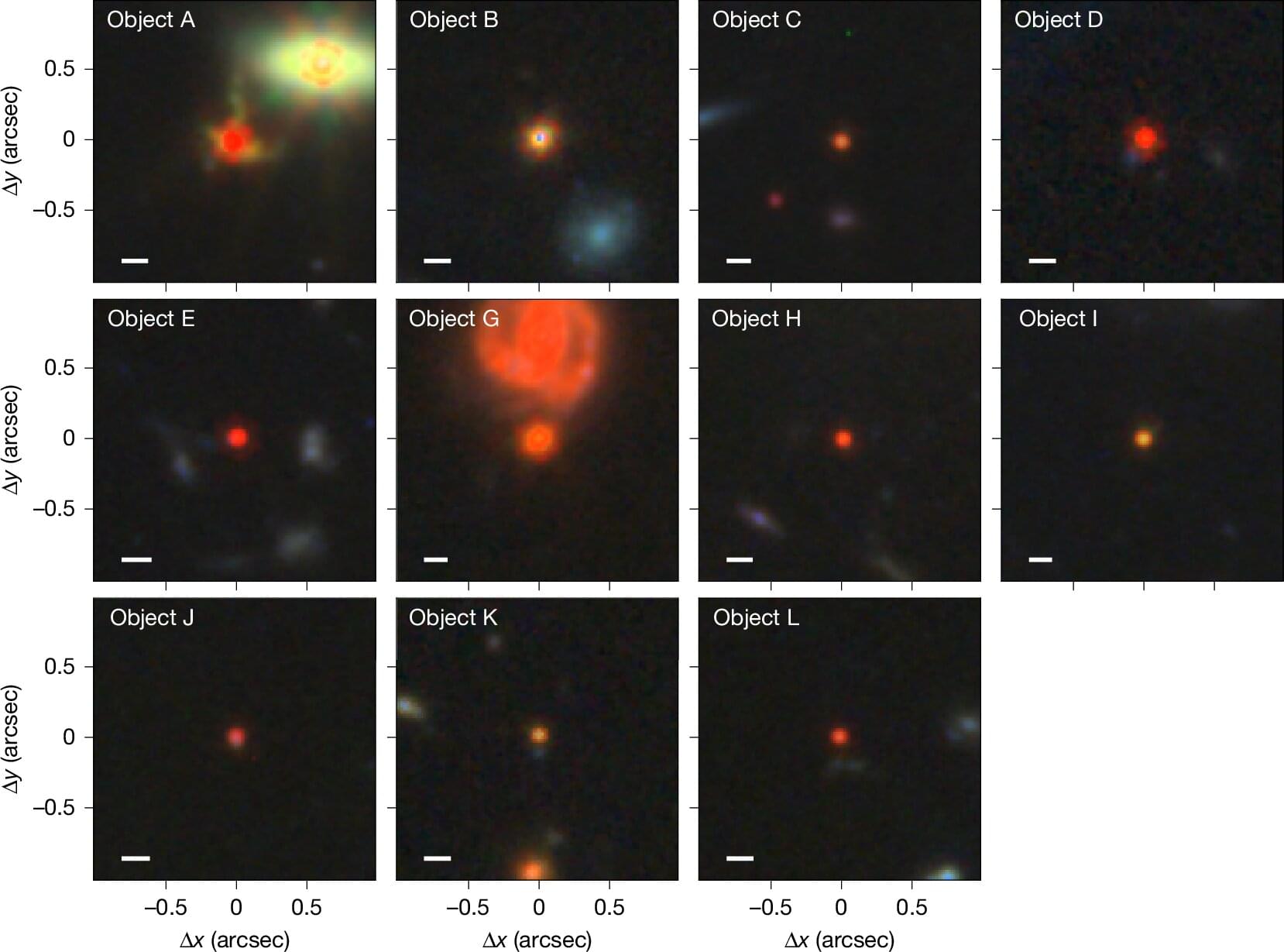
Since the James Webb Space Telescope (JWST) went into operation, red dots in its images have puzzled researchers around the world. Now, researchers from the University of Copenhagen have explained these enigmatic findings, revealing the most violent forces in the universe concealed in a cocoon of ionized gas. The discovery is published in Nature.
Since December 2021, when the James Webb super telescope saw first light, some 1.5 million kilometers from Earth, researchers around the world have been scratching their heads over unexplained red dots among stars and galaxies in the images taken by the telescope.
The so-called ‘little red dots’ can be seen when the universe was “only” several hundred million years old, and a billion years later, they seem to disappear again. So what were they?